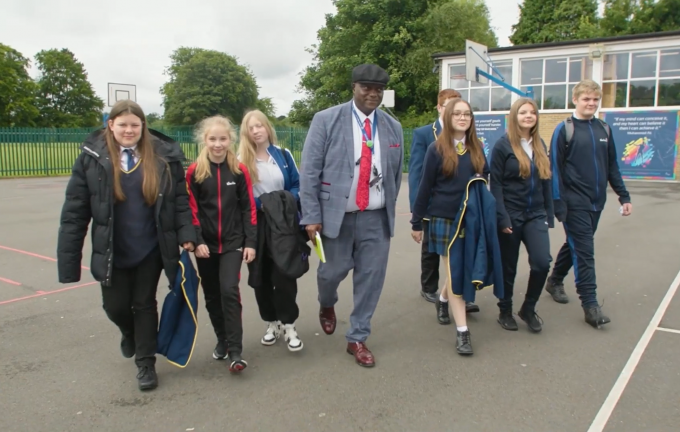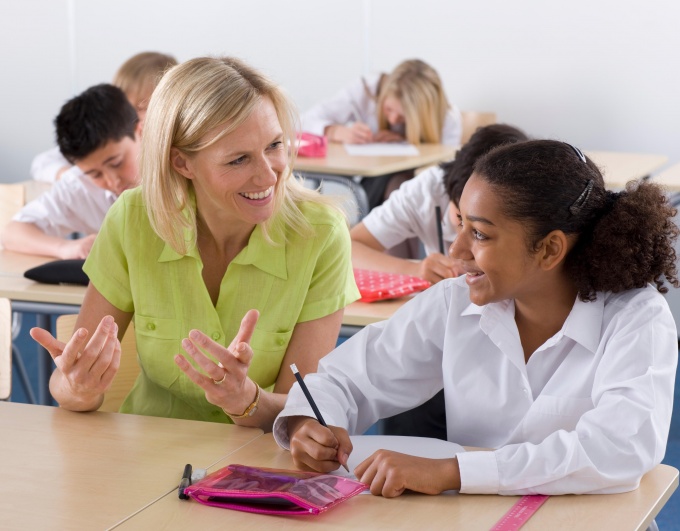Pupils' anxieties: Name it to tame it
Baltonsborough Primary may be in a rural Somerset village, just four miles from Glastonbury, but our pupils, staff and families have had to endure the same challenges that have become familiar to the rest of the country since the pandemic began.
The struggles faced by our children have been particularly worrying. As the children returned to school after the last lockdown, we could see that many of them had developed anxieties about their friendships moving on. They were always checking on relationships and continually asking "are my friends still my friends?"
Baltonsborough Primary may be in a rural Somerset village, just four miles from Glastonbury, but our pupils, staff and families have had to endure the same challenges that have become familiar to the rest of the country since the pandemic began.
The struggles faced by our children have been particularly worrying. As the children returned to school after the last lockdown, we could see that many of them had developed anxieties about their friendships moving on. They were always checking on relationships and continually asking "are my friends still my friends?"
They were also unsure about what their teachers expected of their learning. This combination of factors, plus the stress and uncertainty created by the pandemic at home as well as the changes to daily school life, resulted in disruptive behaviour issues.
It was clear that we needed to focus on supporting the children's wellbeing, helping them to address their anxieties before they became problems. We took a "name it to tame it approach", one of a range of strategies that we had learned from our involvement with the Thrive Approach.
This approach is all about helping children to maintain a good level of mental health. It is something that we must all do regularly, like brushing our teeth in the morning and at night.
Our strategy was to give the children a vocabulary they could use to describe what they feel in their bodies, and then get them to relate these descriptions to their feelings. "I am feeling really grumpy because my head is pounding" is a good example of the type of vocabulary that we wanted to encourage.
.png)
We wanted to hear the children express themselves in a way that would be familiar to us all; a way of talking about their feelings that would open the doors to us having a much more proactive conversation with them about the help they needed.
The on-going narration of sensation and emotion became common across the school and was evident in the children's own reflections too. The impact of this was that they also began to recognise the role of stress and challenge in their learning and that there were techniques they could use to cope with that, such as breathing exercises and meditation.
We have taken another look at the wellbeing of staff as part of our new wellbeing culture. They have also been through a tough time so we have become more sensitive to the pressures they face. For example, if a colleague has had a really hard day I will suggest that they head off home early and I will cover them. We all need the time to fill our cups back up.
For me a wellbeing strategy comes down to compassion. You need to have compassion for your colleagues and the children, remembering that everyone comes into school with good intentions. We need to remember that children and staff will find things difficult for any number of reasons. For me the revelation was that if you can take the judgement out of a situation and step back and stand with them then, that can change the outlook for everyone.
"Parents have noticed the difference. Several have stopped me at the gate in the morning to remark on what a difference having a shared vocabulary for noticing, acknowledging and processing emotions is having on their home lives."
We are still at the beginning of our journey embedding this approach in our school, but we are already seeing the benefits of emotionally informed and reflective children.
There has been a significant improvement in the children's behaviour and wellbeing. We still see some low-level disruptive behaviour so we have created opportunities for these children to leave the classroom and meet one of our Thrive-trained teachers for a five-minute break. These sessions should nip any behaviour problems in the bud by helping these children to regulate their emotions and avoid getting to the point where their behaviour creates problems in class.
Parents have noticed the difference. Several have stopped me at the gate in the morning to remark on what a difference having a shared vocabulary for noticing, acknowledging and processing emotions is having on their home lives.
If we can continue on the same path, adapting and developing our wellbeing strategy as we go along, then I am confident that our school will continue to transform into a more compassionate and more productive space. And that will benefit everyone in our school community.
Headteacher Ben Travitzky on why a 'name it to tame it' approach is helping to support children's wellbeing at his school
This article was originally published on Headteacher Update on 30 August 2021 and is available to view online here.
Over to you
Reduced anxiety and behavioural incidents. Calmer classrooms filled with engaged leaners. Improved relationships with parents and carers. These are just some of the outcomes reported by settings embedding Thrive’s whole-school approach to mental health and wellbeing. Are you ready to join them? Click here to get started.
Pass it on
Small actions can lead to a big ripple effect. If you enjoyed this post or found it helpful, please consider supporting us in our mission to help every child and young person feel safe, supported and ready to learn by sharing it using the social media buttons below.
Want to join a like-minded community of senior leaders and classroom staff benefitting from insights and strategies to improve attendance, behaviour and attainment? Add your email address below. (It’s easy to unsubscribe).


_680.jpg)


_680.jpg)
